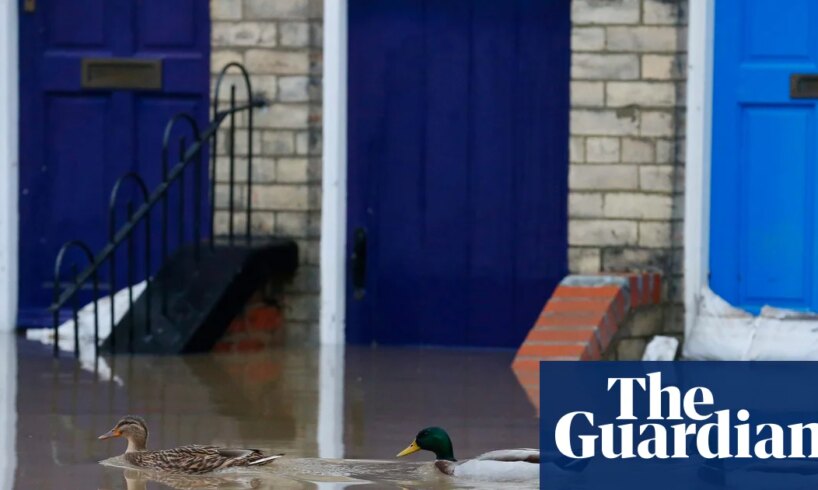
More homes than ever before in England are at risk of flooding due to climate breakdown and crumbling flood defence infrastructure. While the following advice will not completely negate the effects of flood barriers breaching, and it is up to the government to properly invest in defences, there are some steps you can take to help protect your home.
Seal doorways
Flood water often enters through the front door and leaves through the back, destroying everything in its path. Mary Long-Dhonau, who runs the Flood Mary campaign, says: “This type of flooding could well be prevented, or at the very least lessened, by fitting a – preferably Kitemarked – flood barrier or ‘flood door’. Make sure they are installed by a suitably qualified professional who works to the code of practice.”
Door and window barriers can either be permanently in place, or temporary, which requires manual fitting just before the flood. Floodgates can also replace a normal front garden gate.
These can be supplemented with absorbent cushions, which when placed at the bottom of the door can catch any leakage.
Get rid of your paving – and get your neighbours to as well
Paved surfaces all over towns and cities mean water has nowhere to go. This exacerbates flooding. If people have grass lawns rather than paving, some water can sink into the soil, reducing volumes. More and more of our towns and cities are becoming paved with impermeable surfaces, which puts everyone at risk of flooding.
Install valves in your appliances
Appliances such as washing machines should be fitted with a non-return valve to make sure water does not flow in and enter the building, while allowing wastewater to flow to the sewer system. If a non-return valve cannot be fitted, a bung (a small inflatable ball) can be used to block the toilet.
Airbricks and vents
You can buy self-closing airbricks which seal when the flood water comes, or install manual seals over the bricks before the flood arrives.
Air vents should be installed above flood level, but if they are not, speak to a specialist contractor and a gas safe engineer about protection measures.
Take a look at your brickwork, too, and replace any cracked bricks and seal any holes.
Drains and pumps
This is about getting water to exit the building. A cavity membrane or drainage system can collect water around walls and floors and drain it out of the home.
Pumps can be used to expel water, particularly when it is entering from under the floor. Long-Dhonau says: “In this situation using a pump in a sump under the floor could help to keep the water level down. One of my favourite bits of kit are called puddle pumps. They can sit on the floor and pump water down to between 1 and 2ml. So many people I have spoken to have said they couldn’t cope without a pump.”
Make your home ‘flood recoverable’
This means measures that will help your home go back to how it was as soon as possible after flooding.
Lond-Dhonau says: “Examples of flood recoverable repair include raising the plug sockets, boilers and service meters higher up the walls – above previous flood levels – installing tiled floors over a concrete floor (make sure waterproof grout and adhesive is used). Plastic, laminate lookalike flooring can also recover from a flood.”
She recommends using plastic skirting boards or wood such as oak which is more resilient to flood water. Ceramic tiles recover well from floods, and she suggests kitchen units are replaced with stainless steel or plastic. She adds: “Solid wood can survive a flood. MDF or chipboard units disintegrate with the effects of flood water.”
Lobby the government for better protections
Write to your MP and ask for your area to be better protected from flooding and included in funding schemes. Nature-based solutions are often ignored; rivers have been constrained over centuries and disconnected from their floodplains, so campaigning for local wetland restoration projects could help to reduce flooding in the town centre.





